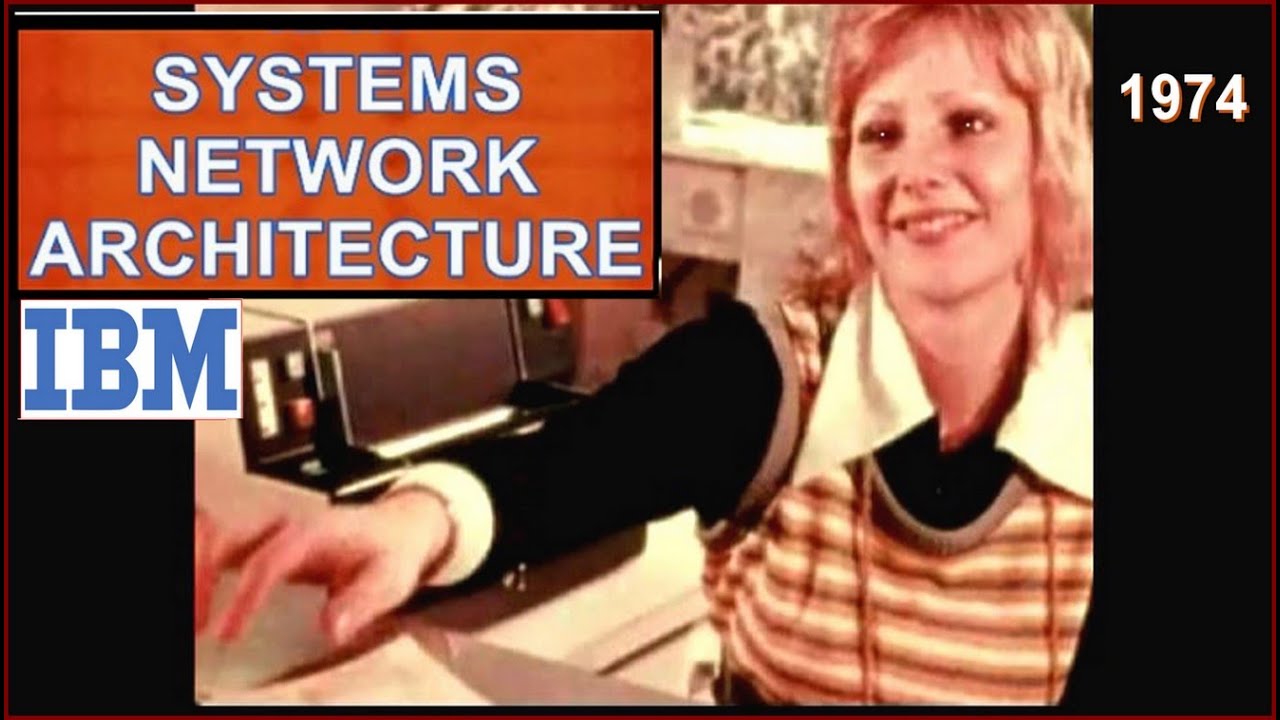In the early 1970s, when Ma Bell still ruled the communications roost, large companies were getting killed by data communication costs. Applications that required large numbers of remote stations such as bank teller terminals, airline reservation systems, and the like often required one leased communication line per terminal at great cost.
In 1974, IBM announced its System Network Architecture (SNA), a proprietary procotol stack, incorporating a new serial communication protocol, Synchronous Data Link Control (SDLC), hardware multiplexers, compatible data terminals, and support software.
This was not “computer networking” as we now think of it. SNA was used to set up networks of application terminals connected to central database and transaction processing systems on mainframes and did not provide a general-purpose data transfer capability as was beginning to emerge with work on the ARPANET.
Almost fifty years later, many banks and government agencies still have large numbers of terminals running on SNA, although the underlying communication infrastructure has often been migrated to Internet links.
